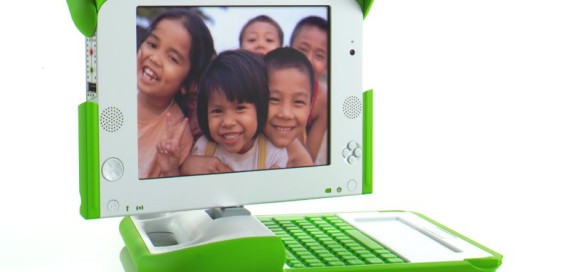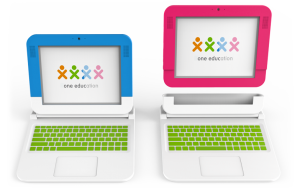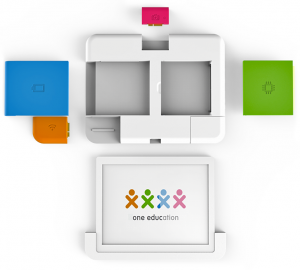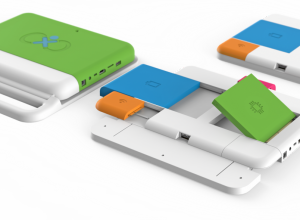Check out this ambitious modular laptop–tablet hybrid for kids
Written by Mel // July 27, 2015 // Tech Reviews // Comments Off on Check out this ambitious modular laptop–tablet hybrid for kids

An Australian offshoot of the One Laptop Per Child project is developing a new device for children that will convert from a tablet into a laptop and can be upgraded through hardware modules.
The new OLPC device, named XO-infinity, aims for a “lifespan of 10 years, not obsolete in 2.” The modules and docking system developed by One Education are reminiscent of Google’s Project Ara, a similarly ambitious undertaking launching later this year which is developing a modular smartphone that could retail under $50.
The XO-infinity can be used both as a tablet and a laptop. In addition to making the device easier to upgrade, repair and support, the modularity will also help the XO-infinity adapt to each child’s needs. To change modules, it looks as if you first have to pull off a silicone case that keeps the components underneath it safe, in the interest of durability. Planned modules include those for batteries, cameras, screens, and Wi-Fi connectivity. It sounds like based on the modules used, the device can run Android, Windows, or Linux.
“An ARM processor supporting Android may be right for children under 10, but a child in her last year of primary school could benefit hugely from the power to simply slot in a Linux or Windows supporting x86 module,” One Education founder Rangan Srikhanta wrote on Medium.
Before developing the XO-infinity, One Education created charging stations, online apps and teacher education programs for an One Laptop Per Child device, the XO-1, which is starting to reach the end of its useful life. OLPC is Nick Negroponte’s project started in 2005 to bring low-cost computing devices to children around the world.
The device isn’t ready to be tested yet, the Sydney Morning Herald reports. It’s being revealed now, but it’s only a prototype. The first working model is expected in August, with the first devices shipping to the public early next year. However, if you’ve followed OLPC devices in the past, you’ve found they are often delayed or initially over-ambitious. One Education has funding from the Australian government, but it clearly doesn’t have the resources of a tech giant like Google.
Tech specs aren’t available yet, but One Education is promising them in the “coming weeks.” I’m interested in seeing whether it’s building on top of Google’s open hardware designs (like Project Ara) or if it’s using a competing technology like PuzzlePhone.
“The concept stage is over, industrial design is well underway, and the electronics prototyping is being developed right now — using smart, open technologies,” Srikhanta wrote.
But in the meantime, check out One Education’s renders of the device. The OLPC initiative’s main goal is to ensure every child in the world has access to a primary school education that includes technology literacy, but it’s generating some cool technology ideas on its way there.






